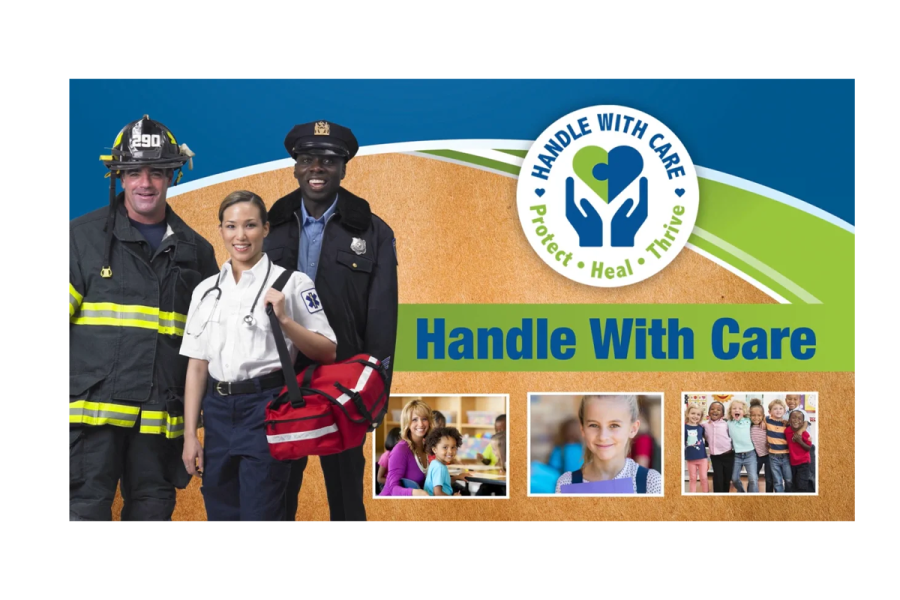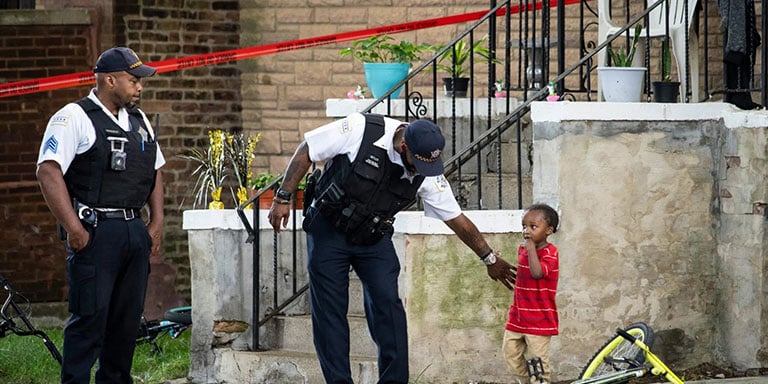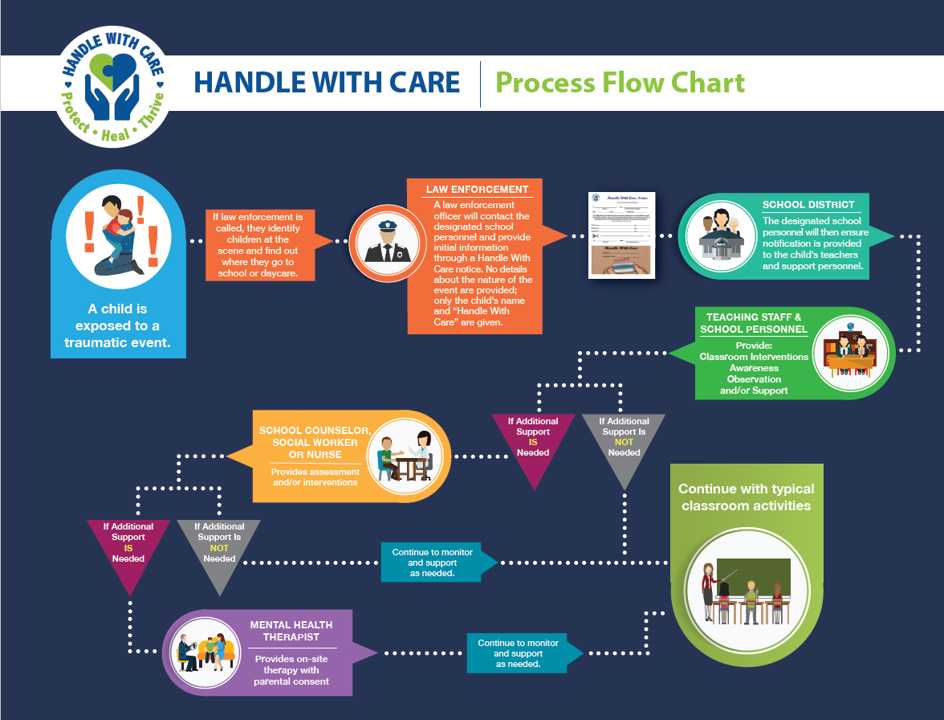Handle With Care brings together police, schools to help children in crisis

By KATE COIL
TT&C Assistant Editor

Local schools and law enforcement are partnering to help vulnerable children in a program sponsored by the Tennessee Bureau of Investigation (TBI).
The Handle with Care program is a simple model that alerts schools that intervention might be necessary for children who have witnessed incidents involving police.
Evangeline Watanabe, statewide Handle with Care Coordinator, said the original program was created in West Virginia as a way to connect stakeholders to better serve children who had witnessed police intervention. Launched by the TBI in 2016, the program is slowly growing with a goal of having law enforcement and school systems partnering together for the program in all 95 counties.
The way the program works is simple: law enforcement who responded to a scene where children are present send an email to the school district with the name, school, and grade of child witnesses. The message: “Handle (child’s name) with care.”
 The Cookeville Police Department is one of several across the state that participates in the program and recently received an award from TBI for their involvement. Tara Bates, victim services coordinator with the Cookeville Police Department, said school officials have been grateful for the contact.
The Cookeville Police Department is one of several across the state that participates in the program and recently received an award from TBI for their involvement. Tara Bates, victim services coordinator with the Cookeville Police Department, said school officials have been grateful for the contact.
“Our job is primarily to identify children who are present during any sort of law enforcement involvement, especially where it might be scary for a child,” Bates said. “The school system provides the intervention. There might be behavioral responses to what the child experiences that the schools need to anticipate. We have heard from school representatives that they find it immensely helpful to know that something has happened to these kids.”
This alerts school officials that this child may need extra resources when they return to school. In addition to providing counseling and other services, some schools take a little extra time to make vulnerable children feel special.

“One of the things our schools do when they get a Handle with Care notification is they make extra effort to get that child a special lunch that day from a restaurant rather than just the cafeteria,” Bates said.
Watanabe said students are six times more likely to receive mental health intervention and additional resources through their schools than at home or through other means.
“A child may have a parent die of an overdose and have to be at school the next morning,” Watanabe said. “Similarly, police also have to move on to the next call, and they may feel powerless over the situation that child is in. The school will have more direct resources and can help streamline intervention. Getting the educators on the same page with a shared language do wires don’t get crossed.”
A recent national survey revealed that 60% of American children have been exposed to violence, crime, or abuse, and 40% were the direct victims of two or more violent acts. This exposure to violence can not only impact a child’s ability to focus in school and learn but also increase their own risk of truancy, suspension, expulsion, dropping out of school, and incarceration.

Watanabe said the Handle with Care alert doesn’t replace law enforcement also reaching out to children’s services if the child is a victim in the incident. The purpose is more for schools to be on alert that certain students may be vulnerable, more likely to act up, or need additional resources because of what is happening at home.
“We had a situation in West Tennessee where two kids were home when one parent was arrested,” Watanabe said. “They went to school and their other parent was arrested during the school day. The officer remembered the children, and as a result, the department of children’s services officer was able to step in before those children were put on a bus at school to go home. That prevented them from further traumatization.”
Bates said often these children do not have positive experiences with law enforcement.

“In some of these situations, there is a perception of law enforcement as scary,” she said. “This is an opportunity for an officer to help a child feel safe. We recognize that the schools do a fantastic job of helping kids get the assistance they need. School is also something that is pretty steady in a child’s life.”
For officers, Bates said the program can also give officers a sense that they offered some help in a difficult situation.
“You respond to certain houses, and you know there is more to the story,” Bates said. “You know there is a piece that you are not seeing or are not being made aware of. You know help is needed in that home. It is something that can be done when it doesn’t feel like anything else can be done. It can be hard to leave a scene when everything about the interaction made you sad.”
While school officials don’t get details beyond the “handle with care,” message, Watanabe said school resource officers may reach out to their law enforcement partners to get more information to better serve the child once they get the notification.
For those school systems or law enforcement agencies that are not already participating in the program, Watanabe encouraged them to reach out. Handle With Care also offers trainings on how officers and school officials can best serve children.
“We need to support these kids from the bottom up and top down,” she said. “This program helps make sure those kids are taken care of.”

